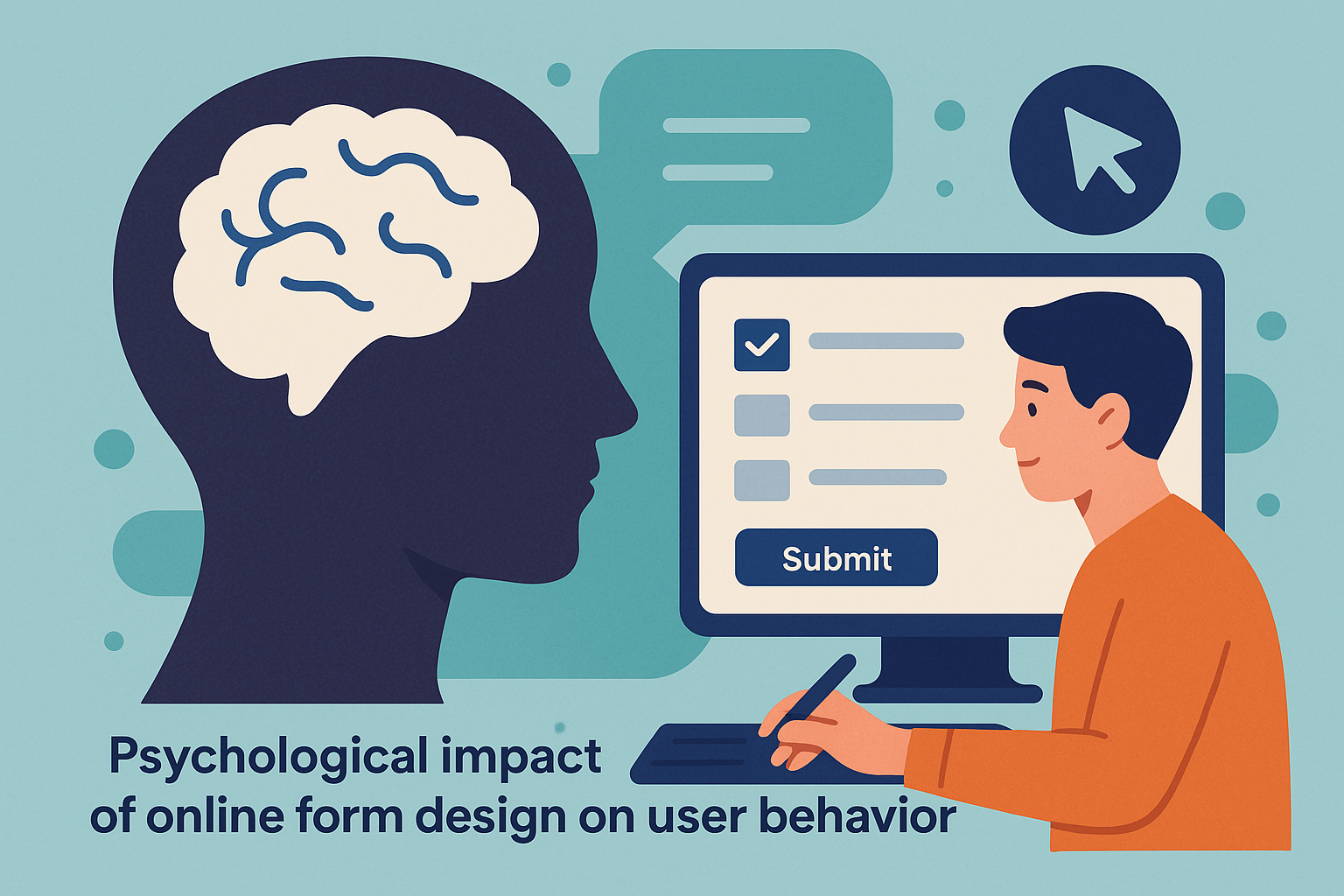Using a Distance Matrix API to Optimize Routes, Costs, and User Experience
Any application that involves moving between locations whether it's for logistics, delivery, ride-sharing, or field service needs more than just map coordinates. It needs intelligence. A Distance Matrix helps developers access the data needed to calculate travel time and distance between multiple points simultaneously, enabling smarter decisions around routing, scheduling, and customer experience.

What a Distance Matrix API Actually Does
A distance matrix API calculates the travel distance and duration between a set of origin and destination points. Unlike a single routing API that shows one path, the distance matrix handles multiple locations at once returning a grid (or matrix) where each cell shows the time or distance from one origin to one destination.
For example, if you have five delivery drivers and ten customer locations, the API returns a 5×10 matrix with estimated travel times for each possible pair. You can then use that matrix to:
a. Assign the fastest driver to each customer
b. Minimize total driving distance
c. Optimize fuel consumption and delivery windows
d. Balance workload across your fleet
It’s the data backbone for route optimization algorithms, last-mile delivery engines, and dynamic dispatch systems.
Real-World Scenarios Where It Matters
Delivery and E-Commerce Platforms
A delivery app that assigns jobs based on real-time travel time — not just distance — leads to faster fulfillment and fewer failed deliveries. A distance matrix helps identify the optimal driver or sequence of stops, improving both efficiency and customer satisfaction.
Ride-Sharing and Mobility Apps
Matching a driver with a rider isn’t just about who’s closest on the map. It’s about who can arrive the soonest, given traffic, road types, and direction of travel. A distance matrix allows platforms to calculate ETA-based proximity in milliseconds and update matching logic dynamically.
Field Technician Scheduling
Companies that send service teams out into the field like HVAC repair, telecom maintenance, or medical visits use distance matrices to reduce idle travel time. By calculating travel duration between appointments, they can sequence visits in the most time-efficient order.
Smart City and Transportation Planning
Municipalities and researchers use distance matrices to analyze commuter flow, public transport access, and regional congestion patterns. Instead of planning based on geography alone, they plan using real travel data, improving investment decisions and urban design.
How It Works Technically

To use a distance matrix API, you provide two lists:
a. Origins: One or more points (addresses or coordinates)
b. Destinations: One or more points (same format)
You also specify optional parameters like:
a. Travel mode: driving, walking, cycling, etc.
b. Units: kilometers or miles
c. Traffic model: live traffic vs. historical average
d. Departure time: now or a scheduled future time
e. Route preferences: avoid highways, minimize tolls
The API responds with a matrix, where each element contains:
a. Travel distance
b. Estimated duration
c. Status (success, error, no route, etc.)
d. Optional metadata (waypoints, location match confidence)
Smart Ways to Use the Output
Once the matrix is returned, it’s up to your backend logic to interpret and act on it. Here are some examples:
a. Find the shortest path from a single origin to all destinations
b. Build a ranking of which driver should handle which delivery
c. Feed the matrix into a route optimization algorithm (e.g., traveling salesman or vehicle routing problem solvers)
d. Monitor deviations over time to detect changes in traffic or delivery performance
For larger apps, this matrix can be combined with other datasets like driver availability, delivery deadlines, or vehicle load to create an intelligent dispatch system.
Performance Considerations

Distance matrix APIs can be very demanding if you’re working with large sets of data. Here’s how to make them work at scale:
a. Limit the size of your matrix when possible (e.g., only calculate for available drivers)
b. Use batching: Some providers allow splitting large requests into smaller chunks
c. Cache previous results if routes haven’t changed
d. Avoid recalculating static data unless necessary
e. Use asynchronous requests to parallelize matrix generation
DistanceMatrix.ai, for example, supports efficient batch queries and offers consistent response times — even at scale — making it ideal for real-time or scheduled operations.
Integration Tips for Developers
a. Format coordinates precisely to reduce geocoding errors
b. Monitor response codes — don’t assume all route combinations will succeed
c. Use environment variables to securely store your API key
d. Set up alerts for quota usage, especially if the system is tied to production traffic
e. Combine with geocoding API for address-to-coordinate conversion if needed
Some APIs also offer SDKs or wrapper libraries for Node.js, Python, Java, and other platforms, speeding up development.
Choosing a Provider: What to Look For
When selecting a distance matrix API provider, consider:
a. Speed and response time under load
b. Accuracy of travel time estimates (real-time vs. static data)
c. Global coverage — especially if your users are international
d. Transparent pricing — with flexible plans for growth
e. Support for various transportation modes
f. Developer documentation and testing tools
For teams building real-time logistics platforms, these details make or break the tech stack. A provider offering a reliable distance matrix API tool can be especially effective for this use case, enabling seamless integration with location-aware products and supporting real-time logistics at scale.
Conclusion
Using a Distance Matrix API empowers businesses to make faster, smarter routing decisions that reduce costs and enhance user satisfaction. Whether you're managing deliveries, ride-sharing, or field operations, integrating real-time travel data helps streamline operations and improve service quality. By leveraging accurate distance and duration metrics, you can transform your logistics into a more responsive, efficient system.




